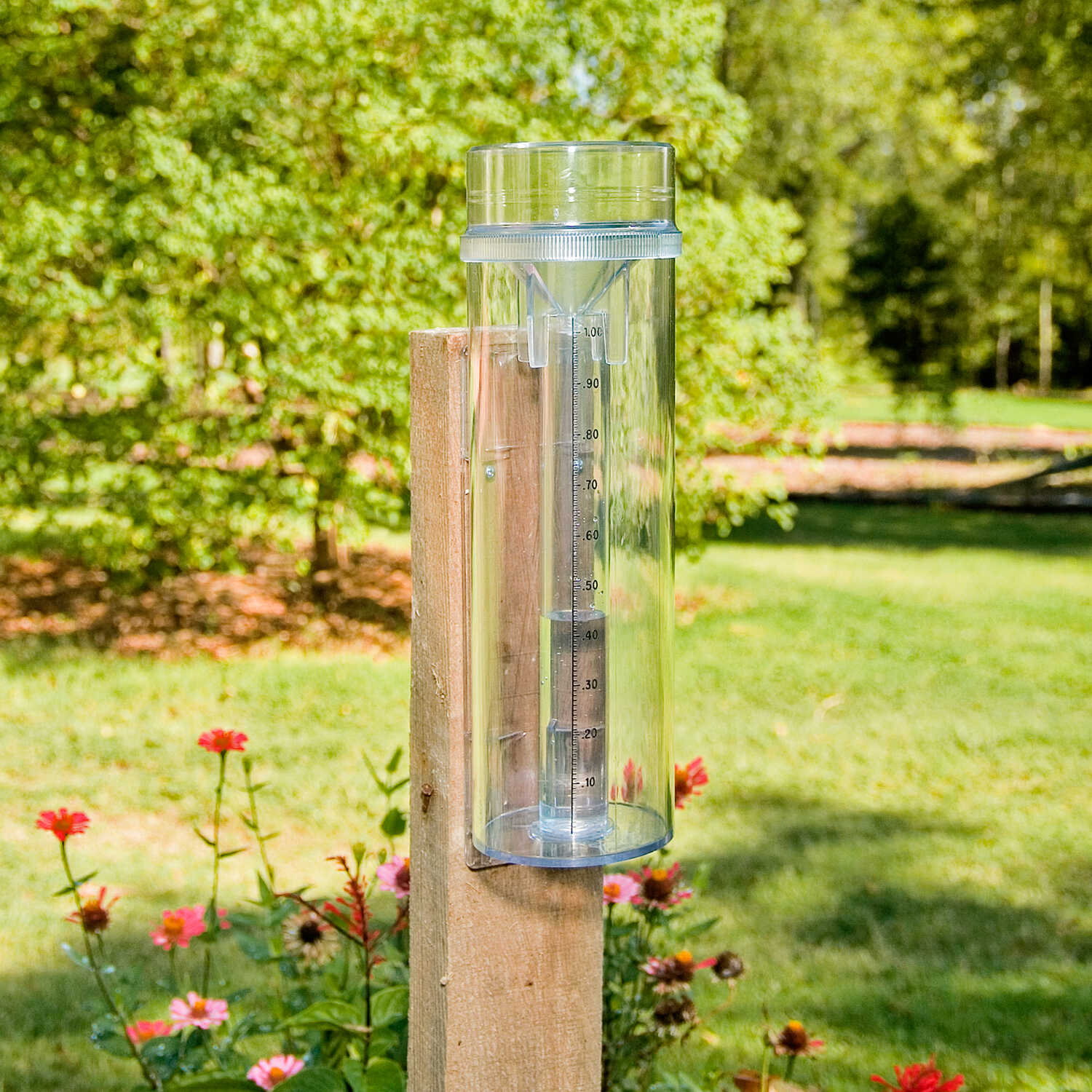Study The Rain Gauge: From Historical Development to Modern Applications
Study The Rain Gauge: From Historical Development to Modern Applications
Blog Article
DIY Rainfall Gauge: Straightforward Actions to Make Your Own
Are you interested in tracking rainfall in your location? Producing your very own DIY rain gauge is a reliable and simple means to gauge and videotape precipitation. With just a couple of usual materials and some standard steps, you can quickly create your very own rainfall scale at home. In this overview, we will certainly supply you with a detailed process to help you produce your very own rainfall gauge. No demand for any kind of specialized expertise or devices - this task can be completed by any person. By following these simple instructions, you will certainly have a dependable device to measure rainfall and add to your understanding of the regional weather condition patterns. Let's get begun on making your Do it yourself rainfall scale today!
Gather Products
To start building your Do it yourself rain scale, gather all the needed products using a detailed listing of items. Having the ideal products on hand will certainly make sure the effective production of your rainfall scale and permit for exact measurements of rains. Gathering these materials in advance will certainly streamline the building and construction procedure and ensure that you have every little thing you require to create your very own Do it yourself rain gauge.
Prepare the Container

Mark the Dimension Increments
To properly determine the quantity of rainfall, accurately marking the dimension increments on your do it yourself rainfall scale is necessary. Without clear and precise markings, it would certainly be challenging to establish the exact amount of rainfall collected in your rain gauge. Right here are the actions to note the dimension increments on your rain gauge.
First, pick the unit of measurement that you wish to use. The most common systems for gauging rains are inches and millimeters. Utilize a permanent pen or water resistant paint to mark the increments on the side of your rain scale when you have chosen the system. For inches, you can mark every quarter inch or every half inch, important source depending upon your preference. For millimeters, you can mark every 10 millimeters or every 20 millimeters.
When marking the increments, it is very important to ensure that they are uniformly spaced and plainly noticeable. Use a ruler or determining tape to make certain precision and consistency. Furthermore, see to it that the markings are resistant to fading or rubbing off, as direct exposure to the aspects may create them to deteriorate in time.
Place the Rainfall Scale Outdoors
The rainfall gauge must be placed outdoors to properly collect rains data. The place chosen for the rain gauge ought to be free and open from any kind of blockages that can possibly affect the measurement of rains. It is important to discover a spot that is not blocked by trees, structures, or other frameworks that could block the rainfall from reaching the scale. This will certainly ensure that the accumulated information is representative of the actual rains in the area.
Furthermore, it is critical to position the rain scale on a secure surface, such as a degree ground or a durable blog post. This will certainly stop any movement or tilting of the gauge, which can result in inaccurate dimensions. It is also a good idea to prevent positioning the scale near any sources of artificial water, such as lawn sprinklers or drainage systems, as this might interfere with the accuracy of the dimensions.
Monitor and Document Rainfall Data
Regular surveillance and recording of rainfall information is necessary for exact data evaluation and interpretation. By maintaining track of rains dimensions, you can get important understandings into weather condition patterns, environment patterns, and water source management. To effectively keep an eye on and tape rains data, it is necessary to establish a routine and maintain consistent practices.
To start with, guarantee that your rain scale is placed in an open location away from challenges such as trees or structures Learn More Here that may block rains. Furthermore, make certain the rainfall gauge is degree and securely secured to avoid any kind of activity that could affect the precision of the measurements.

When taping the rainfall information, it is very important to note the date and time of each dimension. Utilize a ruler or a gauging stay with determine the rainfall deepness in the rain gauge, and document this info accurately.
To make certain the accuracy of the measurements, it is advised to empty the rainfall scale after each recording. This will prevent any type of overflow or dissipation from affecting subsequent measurements.
Conclusion
Finally, producing a DIY rainfall gauge is a sensible and basic method to keep track of and videotape rainfall information (The Rain Gauge). By complying with the steps outlined in this article, you can easily collect materials, prepare the container, mark the measurement increments, and position the rain gauge outdoors. On a regular basis keeping an eye on and recording rainfall data can give important info for different objectives
Having the best products on hand will make sure the successful creation of your rain gauge and enable for exact dimensions of rainfall.To properly measure the quantity of rainfall, accurately noting the dimension increments on your DIY rain scale is necessary.The rainfall gauge ought to be placed outdoors to precisely accumulate rains information. The area selected for the rain scale must be open and complimentary from any type of obstructions that can possibly affect the dimension of rainfall.In verdict, developing a DIY rainfall scale is a functional and straightforward way to keep track of and tape-record rains data.
Report this page